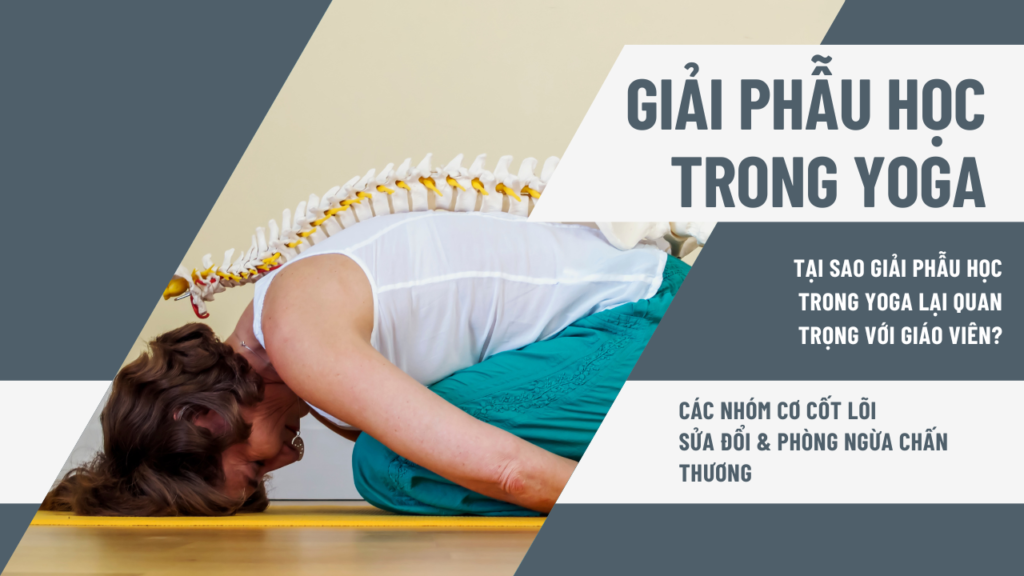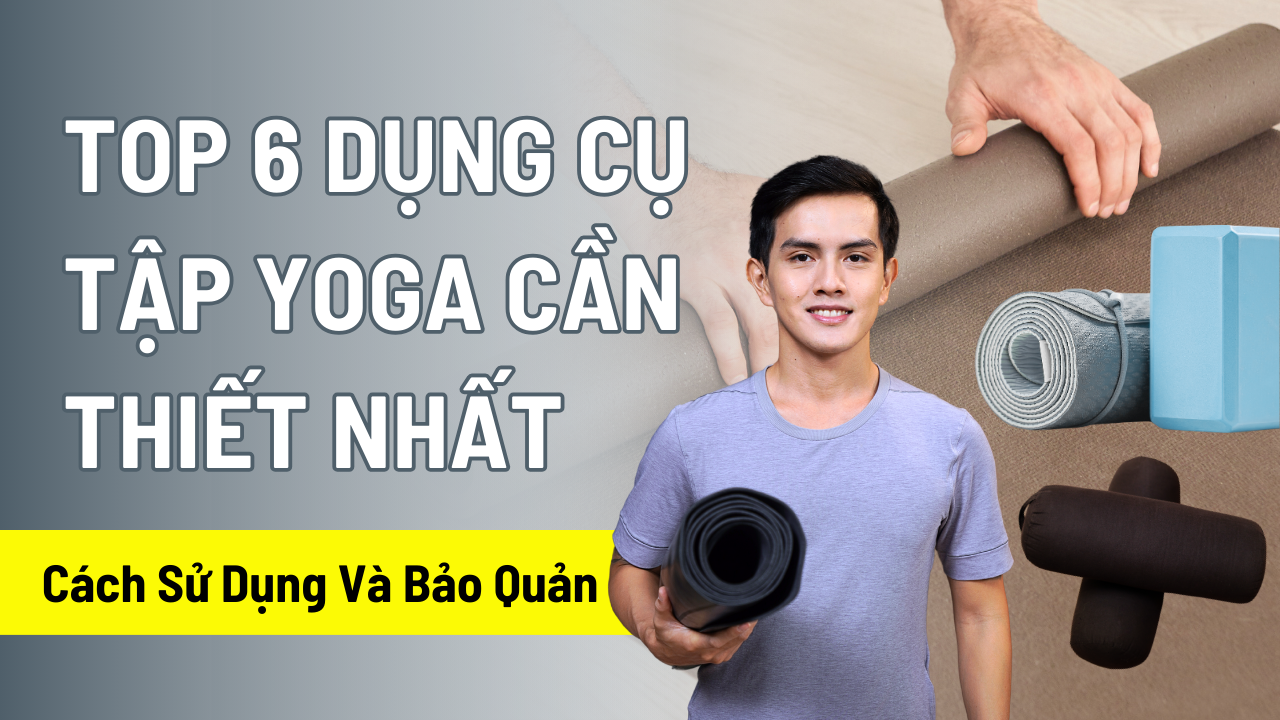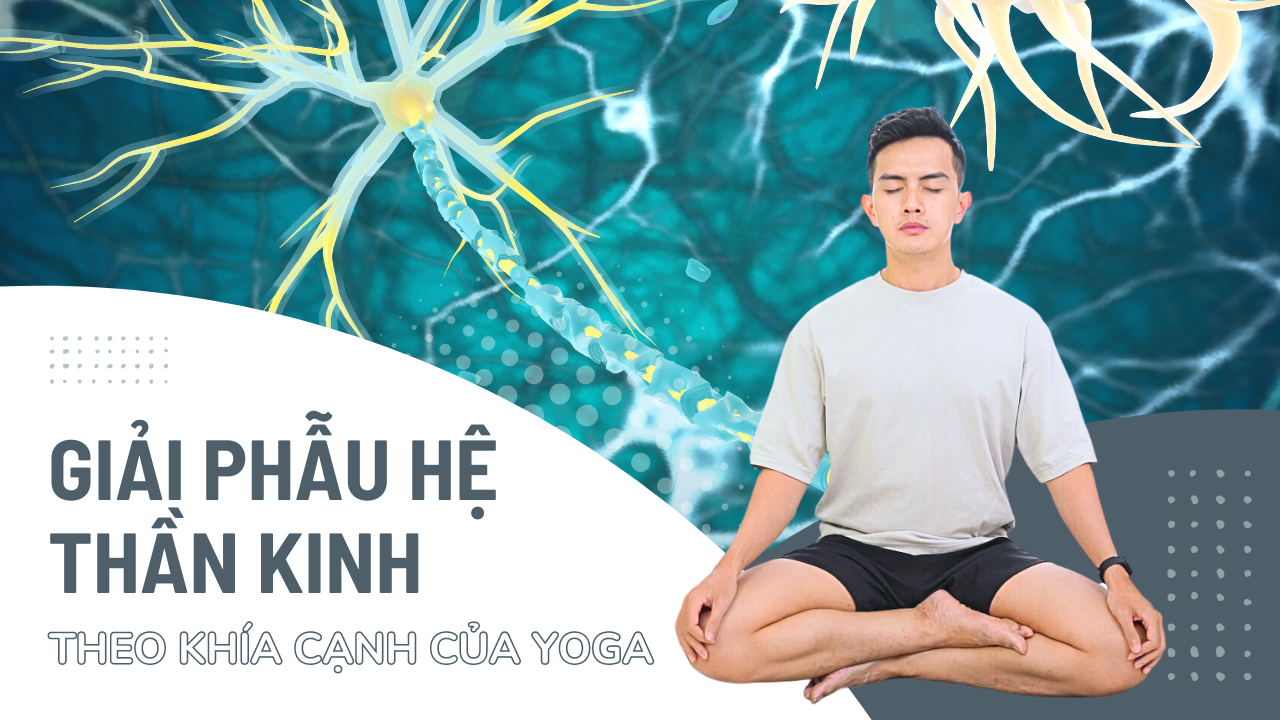Yoga Anatomy is a special specialty that blends traditional yoga knowledge with a contemporary understanding of the human body. This field of study delves into the functional activities of muscles, bones, joints, and even breathing, clarifying how these systems interact during yoga practice. This multifaceted field goes beyond simply naming anatomical structures; it gives the instructor the ability to understand principles of safe alignment, individual differences.
Yoga Anatomy serves as a powerful tool to promote yoga experiences that are transformative, accessible to all, and focused on mindfulness. In this article we will find out why it is important for teachers, as well as learn generally about the core issues in Yoga anatomy.
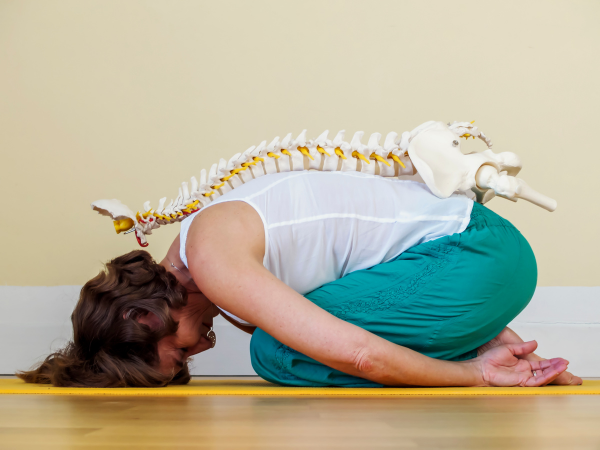
Why is Yoga anatomy important for teachers?
If you have a need, please register for Nguyen Yoga's upcoming teacher training course:
Understanding yoga anatomy is important for yoga teachers because:
The first, Yoga anatomy provides insight into safe and effective alignment in asanas. By understanding the involvement of muscle, bone and joint function, we can guide students into positions that maximize benefits and minimize the risk of injury. This individualized approach helps limit common yoga risks.
Second, mastering anatomical principles allows teachers to tailor exercises to different audiences. Pregnant women, the elderly, hypermobility and common injuries all require individual adjustments. Teachers equipped with anatomical knowledge can confidently modify postures, ensuring yoga is accessible to all students.
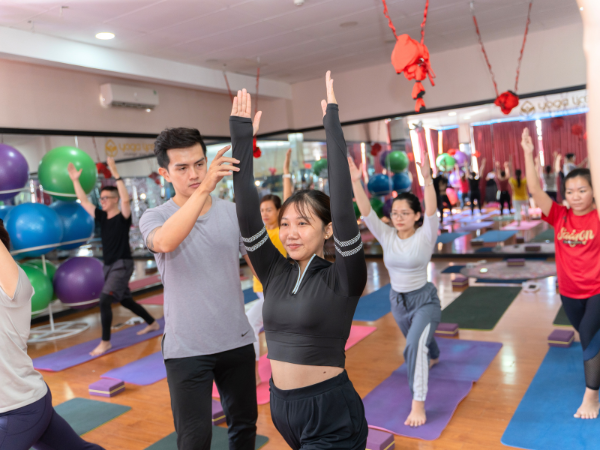
Furthermore, anatomy creates a bridge between modern knowledge and ancient yogic wisdom. Concepts such as bandhas (internal energy locks), prana (life force), and microcosms become clearer when viewed through an anatomical lens. This integration enhances the quality of teaching, allowing the comprehensive benefits of yoga to be conveyed, beyond the physical realm.
It is essential that a focus on anatomy promotes self-awareness in the teacher. Understanding one's own body mechanics helps teachers identify potential imbalances or limitations. This ensures we teach from real-life experience and prevents burnout.
Core muscle groups and their roles in Yoga
The starting point of the journey to discover yoga anatomy is understanding the pillars of the locomotor system: muscles, bones, and joints. Understanding how they work when performing yoga postures (asanas) will help us identify the main activated muscle groups, the safe range of motion of each joint, and the correct posture to minimize the risk. injury. This knowledge becomes extremely useful when working with subjects with different physiques such as the elderly, pregnant women, or people with a history of trauma.
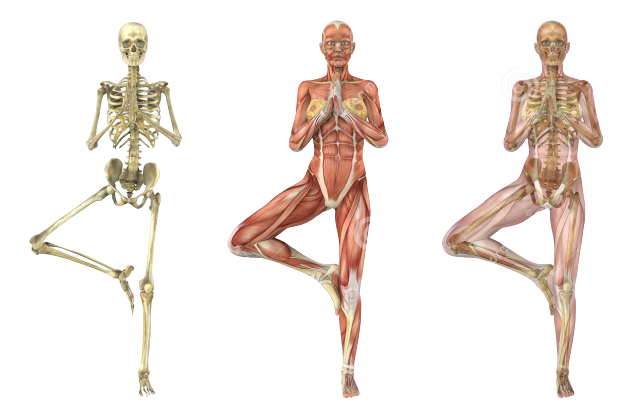
- Skeletal system: Name the main bones of the body, especially focusing on the spine, pelvis, and joints that regularly participate in yoga movements. Understanding bone structure helps teachers visualize the mechanics of movement in different areas of the body, and the causes of common limitations (for example, difficulty sitting cross-legged for people with shallow hips).
- Muscular system: Identify the major muscle groups involved in key movements in yoga (forward bends, back bends, rotations, inversions, etc.). Know which muscles are the active muscles and which muscles are the antagonists (for example, in Chaturanga Dandasana pose, the chest muscles are the active muscles, the back muscles are the antagonist muscles). This helps the teacher give precise instructions to properly mobilize the muscle groups in the pose.
- Joint system: Classify different types of joints, understand the range of motion and limitations of each type of joint. This is the basis for making appropriate and safe posture adjustments.
- Fascia: This network connecting muscles, bones, and organs together plays an important role in flexibility and connection of the entire body. Understanding muscle connections helps teachers gain an overall view instead of just focusing on individual parts.
Injury Modification & Prevention
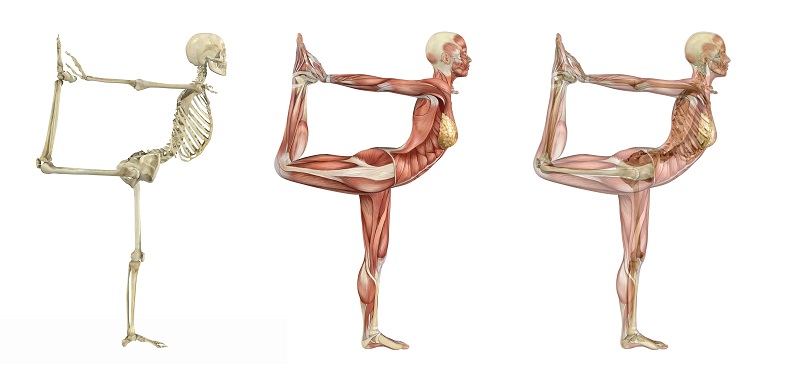
- There is no single position that is right for everyone: Anatomy teaches us that body diversity is natural. Therefore, insisting on maintaining a fixed posture can lead to injury, especially in beginners or people with certain limitations.
- Modification is key: Understanding how to modify posture based on anatomy (using tools, changing levels, focusing on sensation...) is a way to ensure safety and bring benefits to many people.
- Prevention is better than cure: Don't wait until you're injured to adjust! Proactively making modifications based on anatomical knowledge helps us prevent a problem instead of just reacting to it.
- Bone and joint variations: Each person's bones have different shapes and lengths that affect the range of movement. For example, a shallow or narrow shoulder socket will make it difficult to raise your arms above your head.
- Muscle Limits: Flexibility and tension vary from person to person. Trying to “force” someone into a position beyond their body's limits is a recipe for disaster.
- Previous injury: While raising general awareness, pay attention to specific injuries that students have shared to avoid positions that aggravate sensitive areas.
The best anatomy material
To improve your knowledge of anatomy, you can refer to some of the following books:
- Yoga Anatomy – Leslie Kaminoff, Amy Matthews: Considered the "bible" of yoga anatomy, the work provides in-depth knowledge, accompanied by beautiful and clear illustrations. However, currently the book still does not have an official Vietnamese translation.
- Anatomy for Vinyasa Flow and Standing Poses (Yoga Mat Companion 1) – Ray Long: The first book in the Yoga Mat Companion series is very popular because of its scientific and easy-to-follow presentation. The book has an English version and has been translated into a number of other languages, unfortunately not yet available in Vietnamese.
- Functional Anatomy of Yoga – David Keil: This book focuses on the practical aspect, exploring the operation of the musculoskeletal system in yoga postures, and offers many variations suitable for each body. Currently the book is only available in English.
- Anatomy Books in Vietnamese: Currently, the Vietnamese market still lacks high quality books specializing in yoga anatomy. However, some general anatomy books (such as those used in medicine and sports) can be useful in providing background knowledge.
How does anatomy help teachers adjust posture for students with different body types?
Yoga Anatomy plays a crucial role in helping teachers adjust posture for students with different body shapes. Understanding the diversity of bone structure, joint range of motion, and muscle flexibility allows teachers to make appropriate modifications, ensuring safe and effective posture. For example, students with narrow shoulder blades may have difficulty raising their arms straight above their head, in which case the teacher may need to offer variations using bands or focusing on other areas. Anatomy helps teachers avoid a “one-size-fits-all” approach, and move toward respecting each body, helping yoga truly benefit everyone.
Nguyen hopes that the above sharing will be effective and useful in your process of learning Yoga anatomy. Besides, there are also many articles about health and Yoga at Nguyen's blog, especially the channel Nguyen's Youtube There are many other useful exercises and movements, please follow and look forward to Nguyen!

